The Rewards of Restoration: Expert insight from R Moulding & Co
Tim Moulding of traditional builders and craftspeople R Moulding & Co shares his expert insight on how to get restoration right.
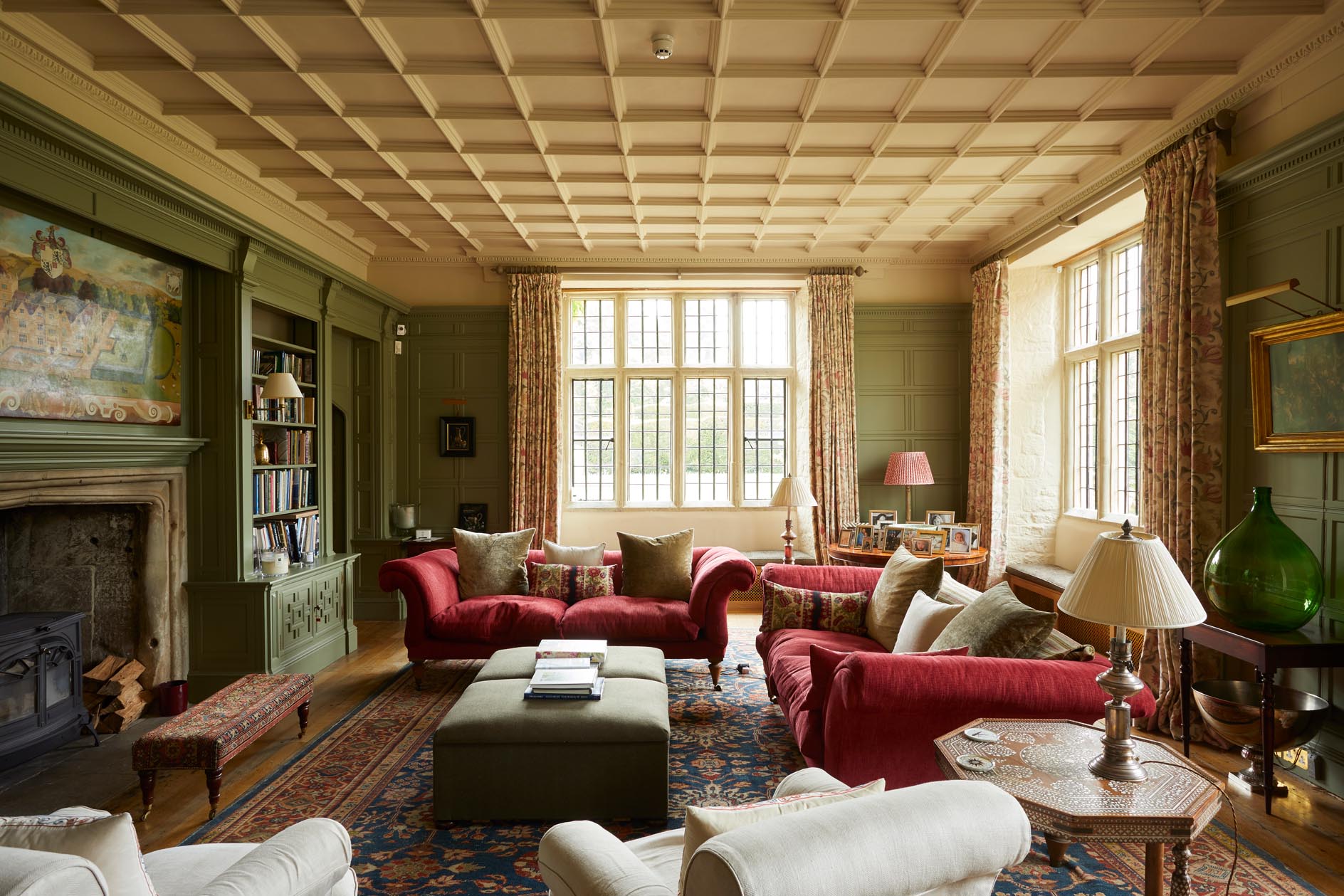
Since 1798 R Moulding & Co have been employing traditional craftsmanship and materials to create some of Britain’s most beautiful houses — and they've been included in Country Life's Top 100 list as part of the best builders and craftspeople in Britain.
With the growing focus on bringing old houses and agricultural buildings into the 21st century, Tim Moulding, the eighth generation of his family to lead this truly unique business works with his team to bring two centuries of experience to create homes with a sensitivity to both past and present. He tells Country Life's Giles Kime the secret of getting it right.
What do you see as the benefits of sensitive restoration?
Restoring a building is a hugely satisfying process that involves giving new life to a building that might be fragile, redundant or in danger - and, in some cases, all three. With an experienced builder working alongside the right experts, there’s an opportunity to create a unique home with history and character that also delivers all the comforts of a luxurious modern lifestyle with the least possible impact on the environment.
What is exciting, too, is that it’s a project that won’t just benefit the client but also future generations with the ultimate sustainable building.
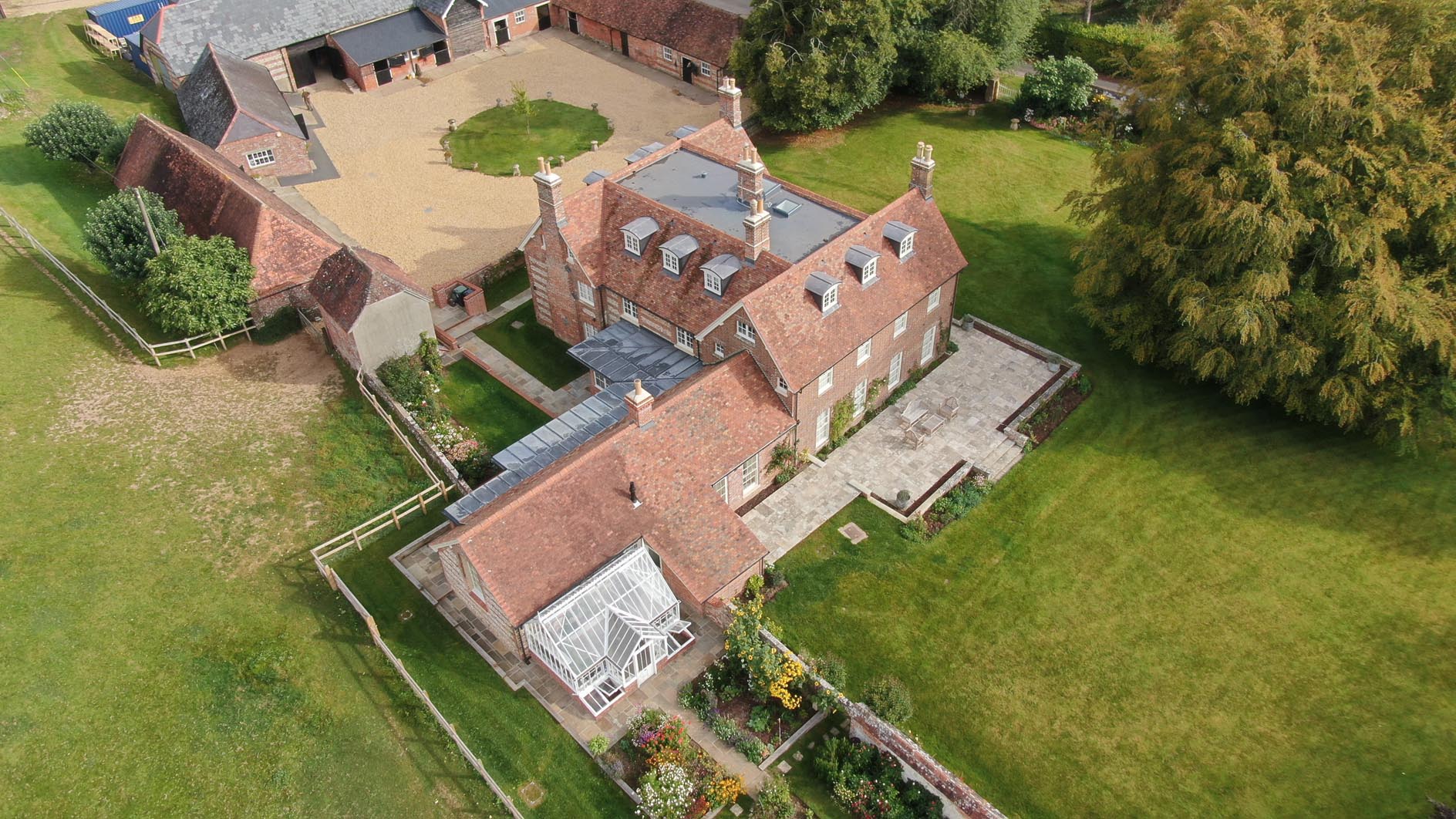
Is there a secret ingredient?
It’s no secret that craftsmanship, materials and design are vital to a successful project. What is often overlooked, however, is the way that those elements are managed so that they complement one another, creating the best possible outcome. The best analogy is a brilliant, world class orchestra; you can have the finest musicians but only a good conductor will make the magic happen.
Similarly, a good builder or ‘Principal Contractor’ will bring together all the many different elements in a timely progression of activity. The right builder will have the knowledge, experience and management capability to coordinate and manage the breadth of skills required.
How does a client decide what the objectives are?
It is vital to start with an expectation of restoration and how the costs will relate to the budget. The scope of repair and restoration can be largely subjective. There is a huge difference between a ‘light touch’ restoration and a full-on, ‘no-stone-left-unturned’ approach and with the help of the right team, a client can find a path that suits both the future of the building and the budget. A good example is the existing coverings on a roof.
The tiles may well keep the rain out for a decade or so longer in their current condition. However, it may be that to improve the thermal value of the house it requires re-covering. It may be that in doing so, this exposes otherwise unseen areas of structural decay.

Whilst this may seem to escalate the budget, the work is important for the longer term use of the building. Too often a ‘if it ain’t broke, don’t fix it’ simply delays the inevitable and will also endanger expensive decoration and interiors. Why would you invest significant money on the interior when the exterior shell needs significant investment and is letting the rain in? There’s no point buying an expensive rain coat if it doesn’t have a hood.
It is always important to define the scope of the master plan of work at an early stage against which a budget cost plan can be applied. This will inevitably help to drive decision making more effectively. If a restoration is likely to significantly exceed any capital value in the property it is important to take into consideration both its practical and emotional benefits in the short term and its value in the long term.
Any others?
Yes, a spirit of collaboration and transparency that binds the client, builder and the design team who all share the same ambitions for the project and whose vision isn’t clouded by a commercial approach. The only way to achieve the reassurance of financial transparency is for there to be an audit process carried out by an independent cost consultant.
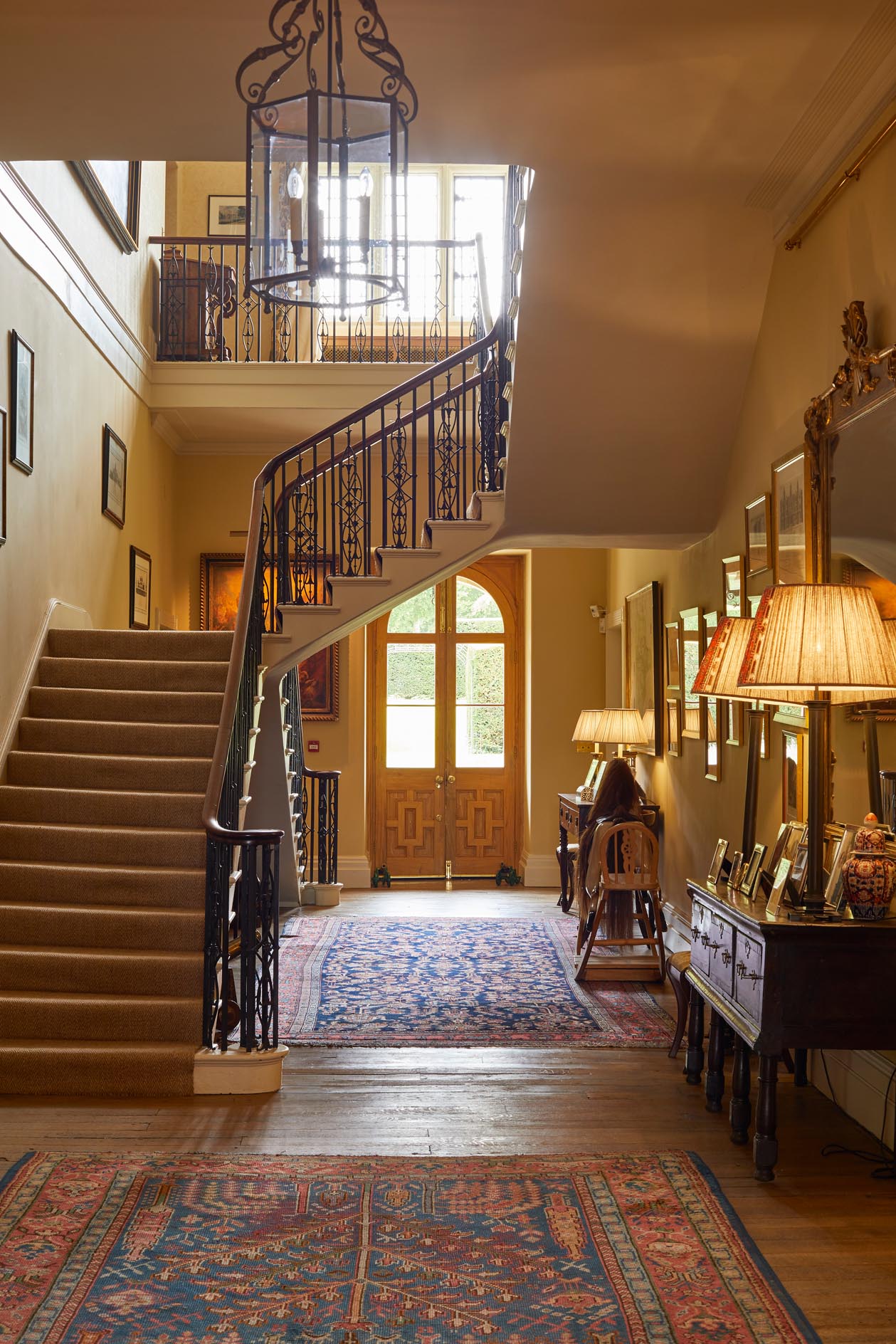
How do you define sensitive restoration?
The aim of sensitive restoration is to achieve a building that is packed with all that is necessary to satisfy 21st century demands, but which also retains the feeling of historic character, importance and provenance.The delicate balance between conservation and restoration is always an interesting debate.
Indeed, the art of sensitive restoration is, by definition, conservation. Whilst the purists would prefer conservation wherever possible, the balance has to be made with the successful function of modern living.
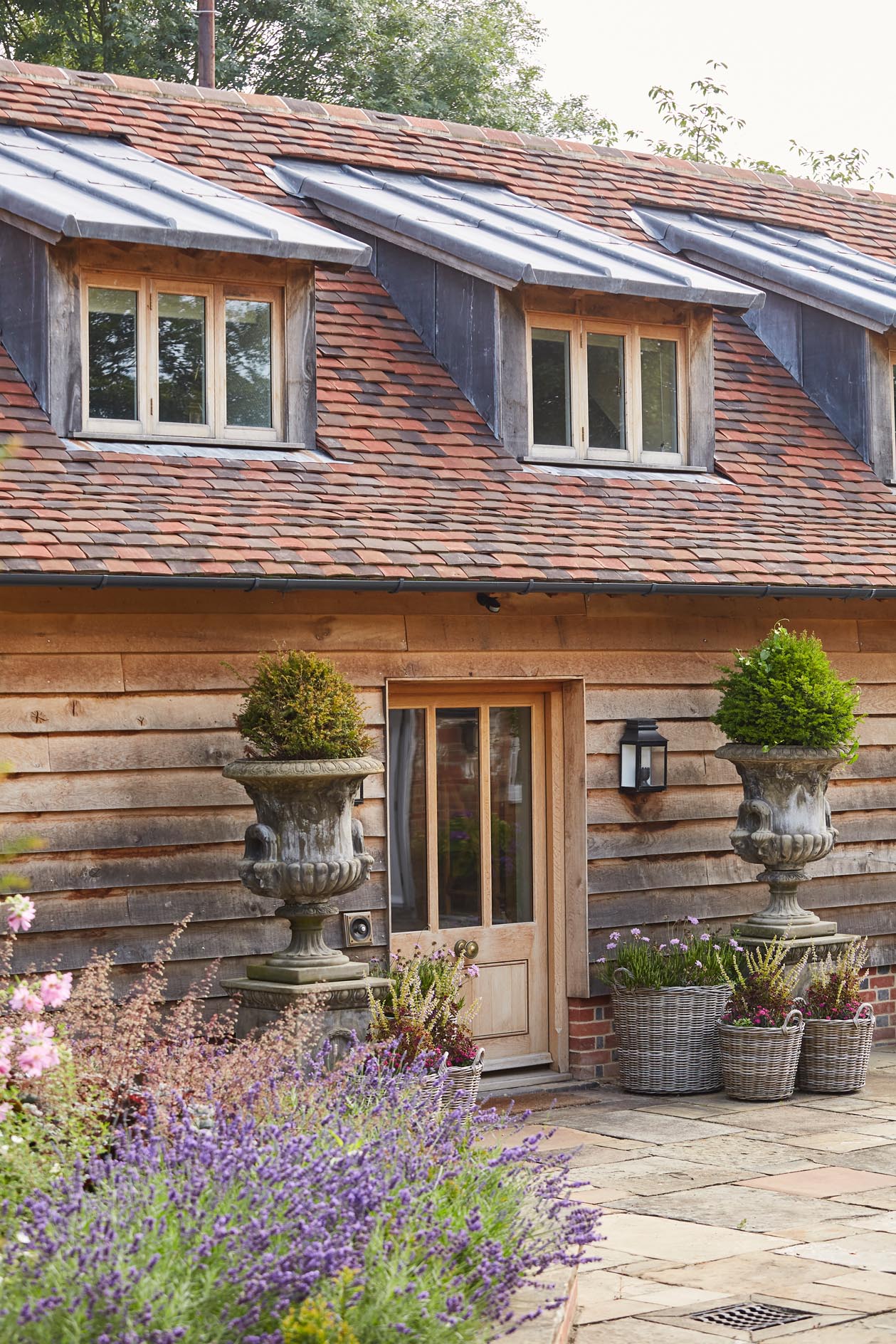
What is the ideal relationship between the builder and the architect?
It’s important that there is good communication and understanding. A transparent process of cost collection and audit will underpin a relationship based on trust rather than just contract terms and conditions. This must also include a collaborative approach to design solutions and problem solving. A good relationship between these two key roles will pay dividends in the long run of the project and will make for a better outcome for everyone.
At what point should the builder be engaged?
It is vital to have a builder with deep experience of restoration on-board during the pre- construction phase of the project. This early-stage collaboration is extremely important to the success of a sensitive restoration project. This is the reason why, in addition to running Mouldings I also act as an advisor across a wide range of projects, as well as our own. It’s called Country House Building Consultants (01722 742228, countryhousebuildingconsultants.co.uk).

Who are the other key players in a collaborative team?
A good builder needs to be at the heart of a wide range of specialists and to balance their advice, ranging from the architectural and interior design to the quantity surveyor's cost estimates. Including (of course) the all-important ecologist's assessment of any possible
impacts on protected species. In between there is the professional input of a mechanical and electrical designer, structural engineer and interior designer whose input will all ensure that there is just the right balance between the requirements of responsible restoration and 21st century demands.
What are the most common issues that need to be addressed?
The obvious example is damp; historic fabric will always contain an element of inherent dampness. Breathable materials on the inside and outside face of a wall will manage this. However, new heating systems can draw dampness through the wall and damage decorative finishes. Another is the repair required to an eroded section of external carved stonework.
For some, it would seem that the pragmatic solution is to cut out this section and replace it with a freshly carved section of stone, using a very similar material, that matches the profile and detail of the adjacent masonry. The conservation approach would be to stabilise it with some form of lime based shelter coat. Although this section now sits very awkwardly against its less weathered neighbour, this original component of the building is now preserved.
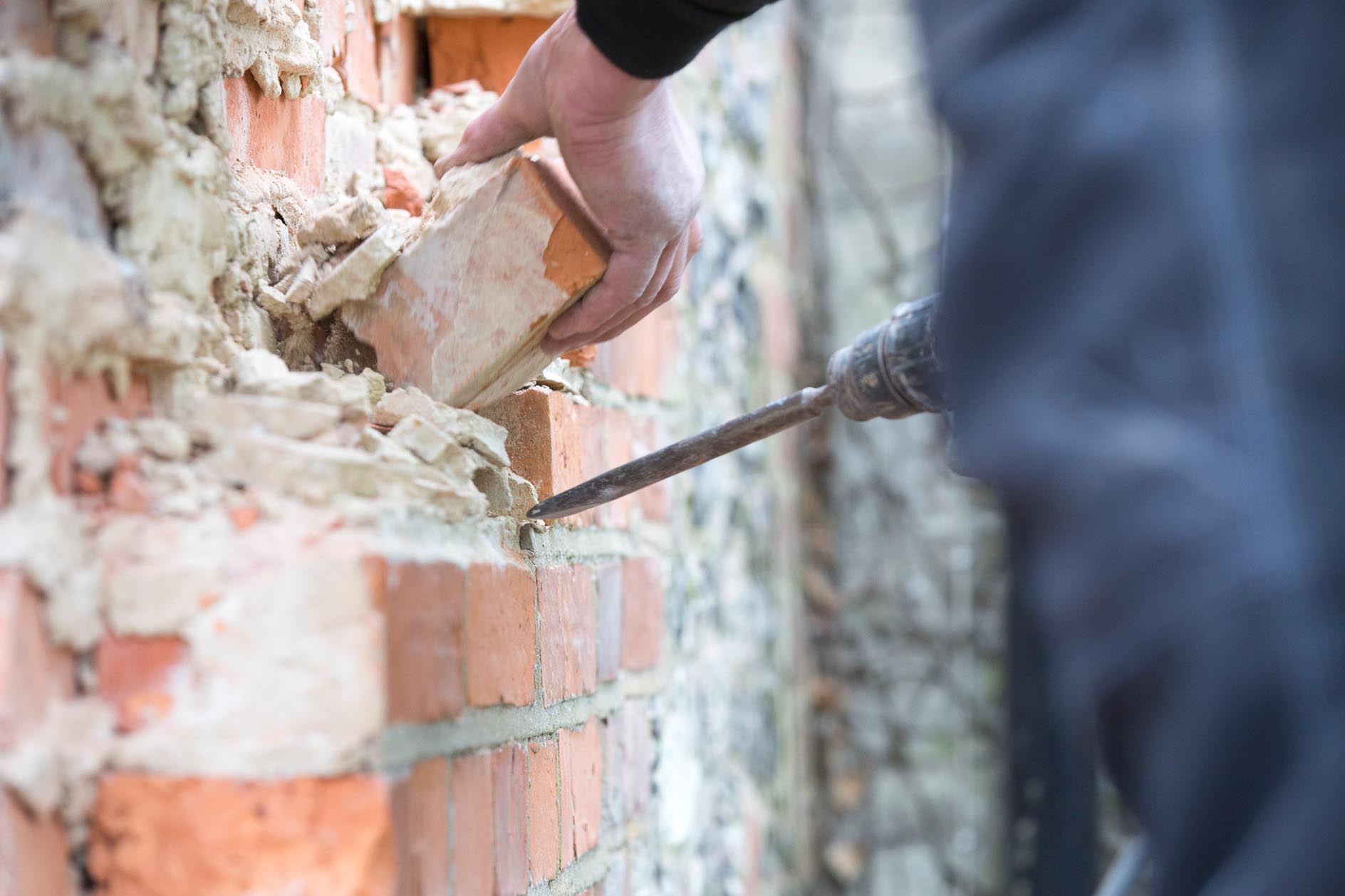
How does one balance the requirements of sensitive restoration with modernisation?
We must be careful to avoid the term modernisation. The purist approach is undoubtedly the right method for a historical monument such as a church, but is perhaps not appropriate for a modern family home. There are often necessary compromises to make when restoring a historic building. While replacing services such as heating bathrooms and kitchen, it is often the work to the services that tips the balance between a light touch restoration project and a full restoration. The renewal of services can be highly invasive, as it requires floor boards
to be lifted and walls to be chased. However, this exercise provides an opportunity to expose the floor voids, clear out centuries of detritus, including old pipes and wires allowing repairs to be carried out, insulation to be added and the new installation to be carefully distributed away from sight and sound. It creates an opportunity to build back better.

The cost difference between these approaches is significant. It is therefore crucial to consider the right strategy from the outset of the project. Whilst modern methods of intervention can be applied to make significant improvement to the enjoyment of a building, even after restoration, the very envelope and fabric of the building remains several centuries old and therefore don’t always meet today's high standards and expectations, notably thermal conductivity; noise transference; residual dampness. Changes to living spaces may cause detrimental effect to the historic fabric of the building. Modern expectations of living with damp, cold and draughts are often uncompromising.
Is sensitive restoration a personal as well as a professional interest?
Yes, it definitely gets under your skin and is so interesting - and so satisfying - that it occupies the spare time I don't spend on cricket and walking.
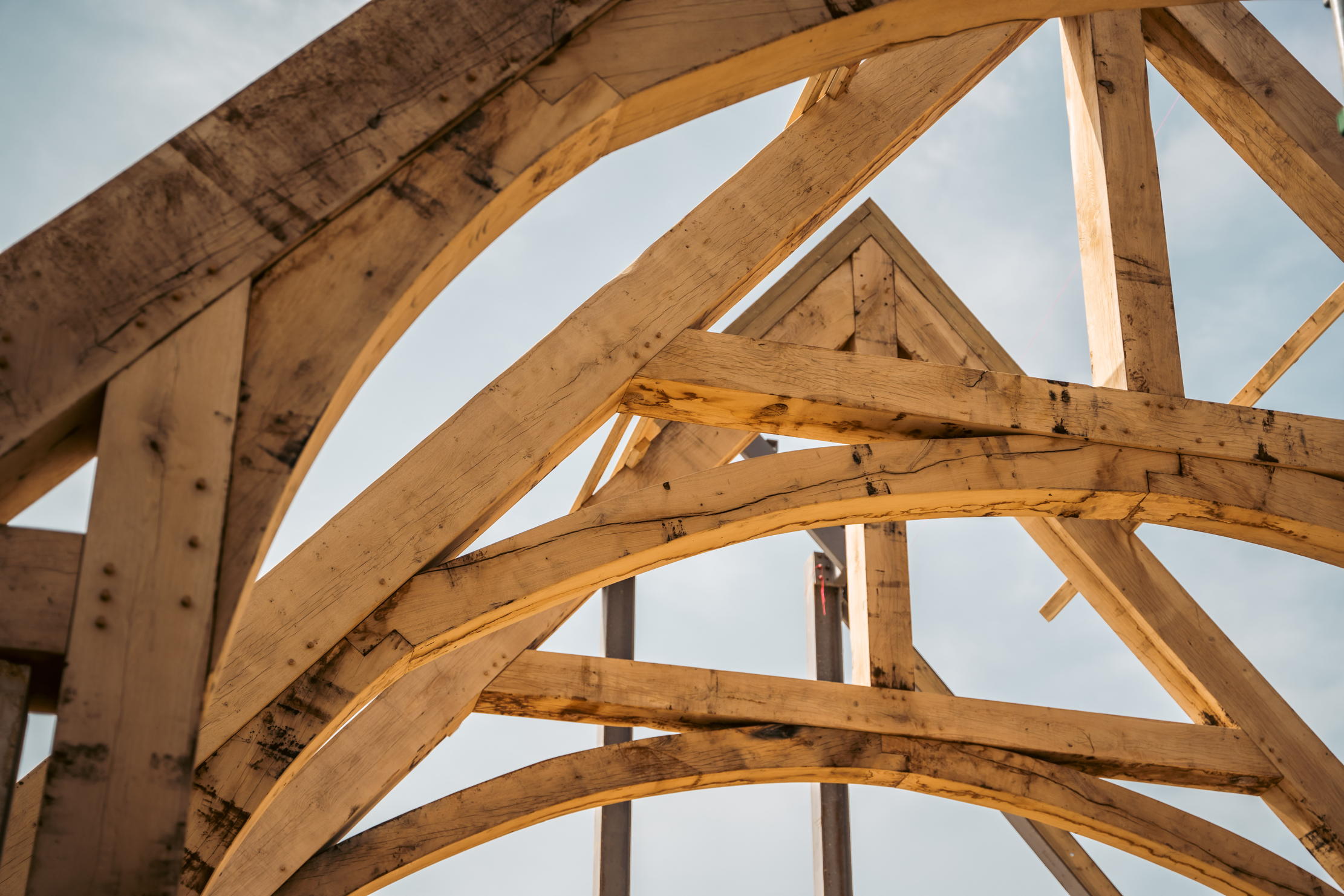
The best country house builders, craftspeople and specialists in Britain
Whether you're embarking on a new-build or painstakingly restoring a listed building, here are the craftsmen with excellent foundations.
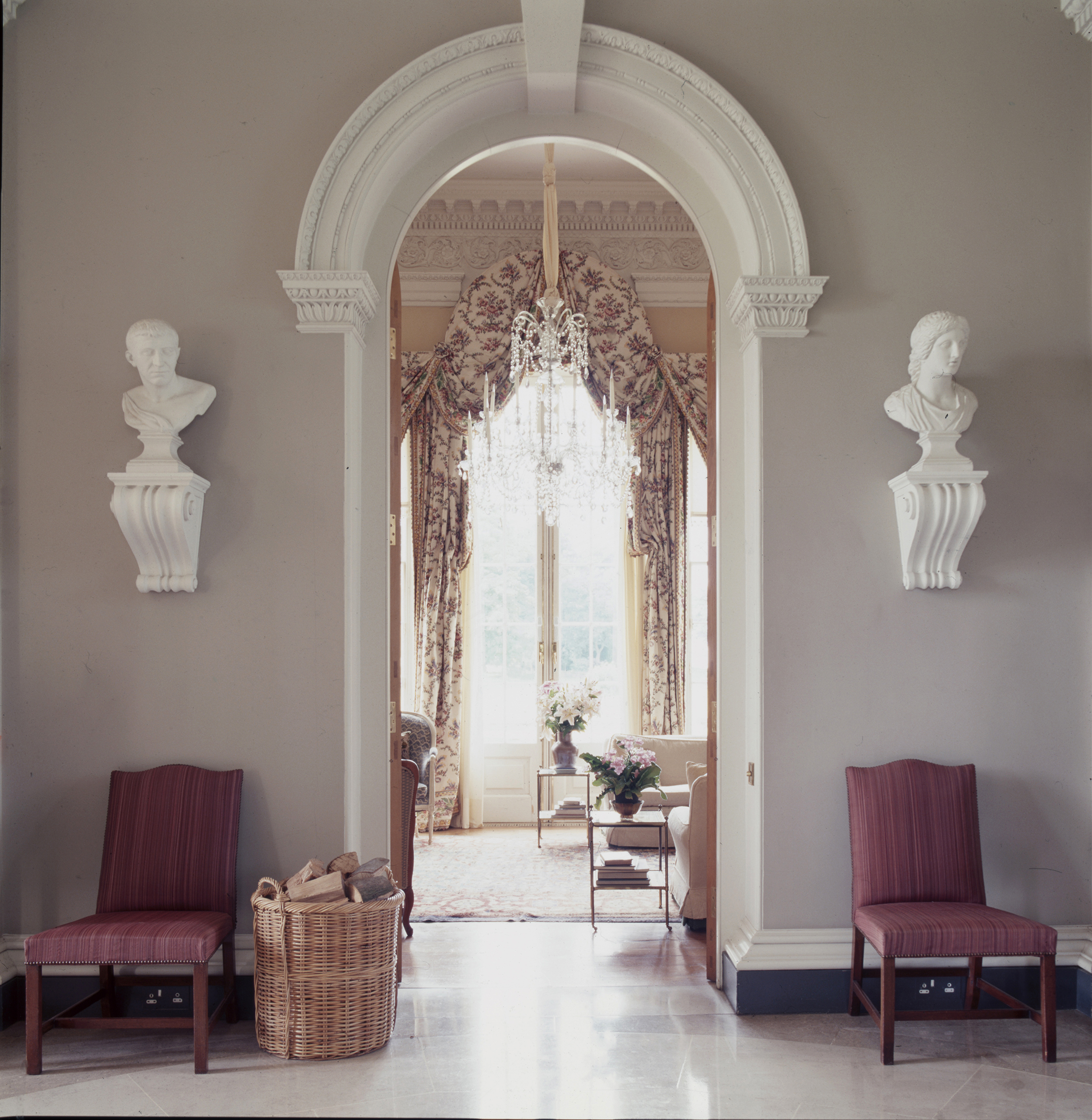
How to add character to a new-build house, from paint and furniture to the size of your doors
Carefully chosen furniture, paint, joinery and architectural details will all help to add character to a new house, says Clive
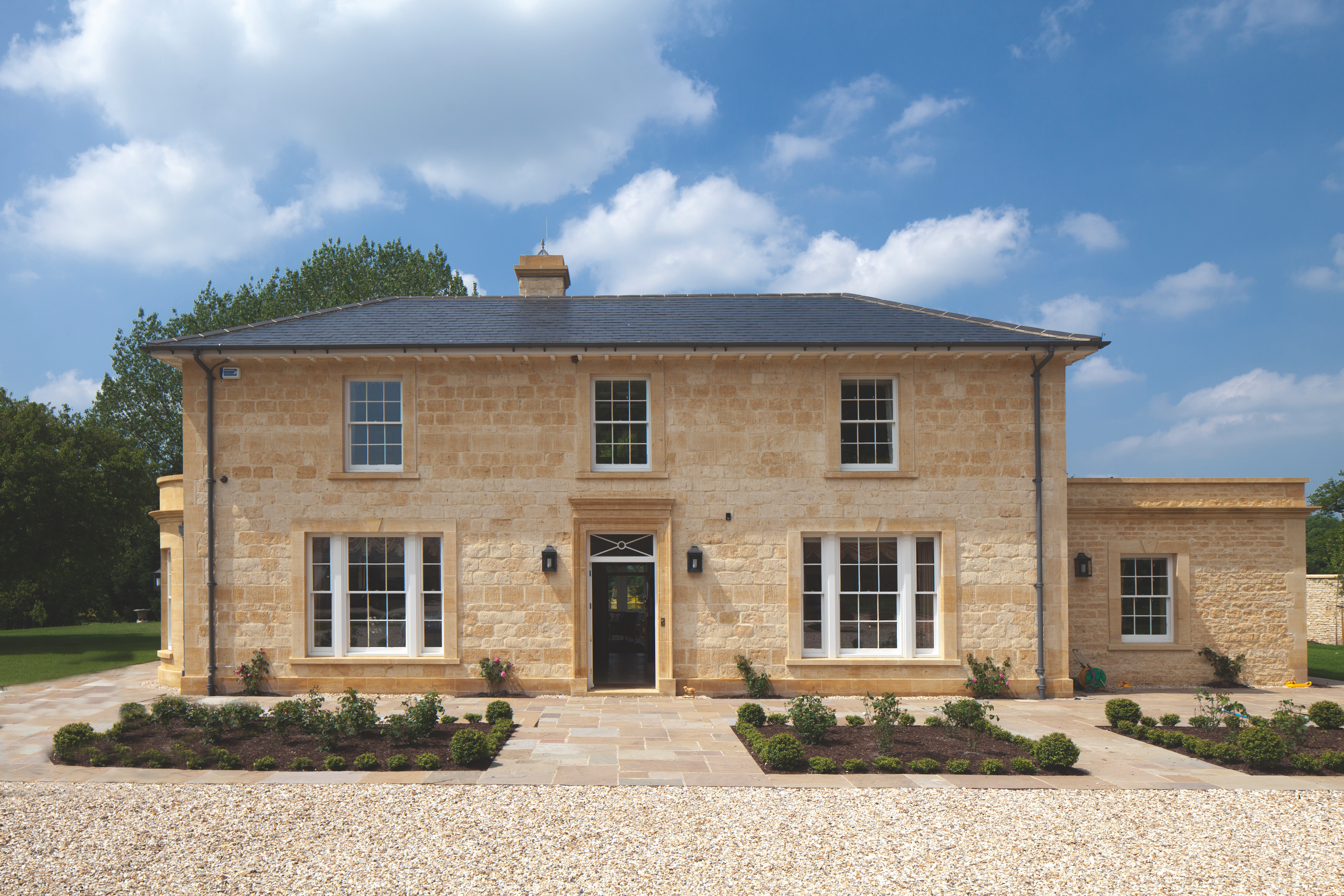
What you need to know about building a small country house
When it comes to building new houses, much of the focus is on substantial properties with 10,000sq ft or more.

Credit: Callaway Arts and Entertainment
In Focus: The £16,500 book that's a perfect 1:1 scale reproduction of the Sistine Chapel frescoes
Michaelangelo's great masterpiece, the frescoes that adorn the ceiling and walls of the Sistine Chapel in the Vatican, has been
Exquisite houses, the beauty of Nature, and how to get the most from your life, straight to your inbox.
-
 The Delightful Dozen: Country Life Quiz of the Day, December 12, 2025
The Delightful Dozen: Country Life Quiz of the Day, December 12, 2025With just a dozen sleeps until Christmas, today's quiz is brought to you by the number 12.
-
 What do you get a man who already has everything?
What do you get a man who already has everything?Jeremy Langmead sets out to find the ultimate personalised gift. Illustration by Giles Deacon.
-
 Jewels of the Mediterranean: Luxury multi-generational villa holidays
Jewels of the Mediterranean: Luxury multi-generational villa holidaysThe Thinking Traveller have some of the finest villas in the Mediterranean on their books for multi-generational holidays. Here are just a few of the highlights.
-
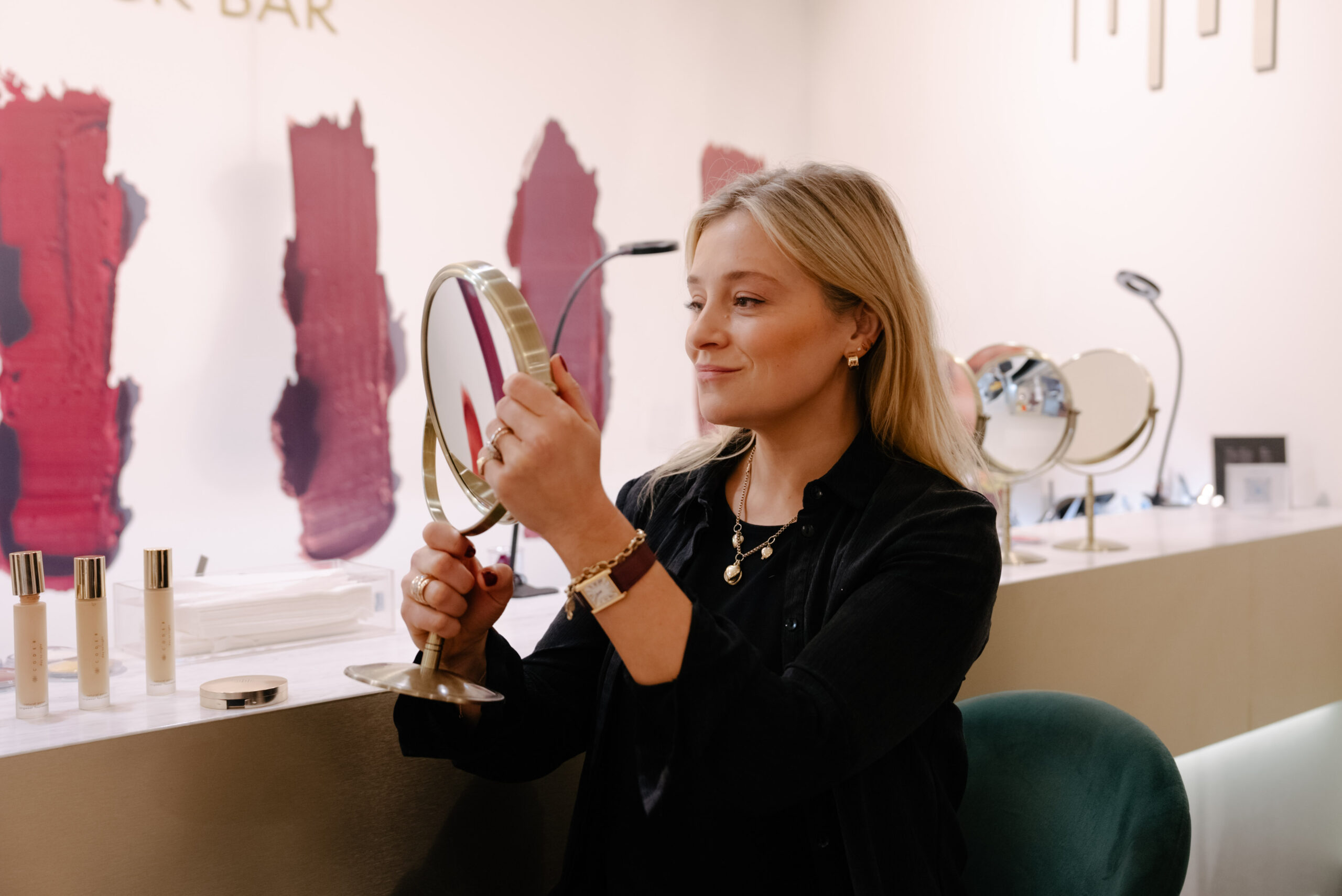 Code8: Beauty on Burlington Arcade
Code8: Beauty on Burlington ArcadeCome along Burlington Arcade with Hetty Lintell to visit beauty gurus Code8, and try their new Day To Night Foundation.
-
 The gift of growing
The gift of growingEntirely built to suit your needs, a bespoke Alitex greenhouse not only helps you nurture flowers and vegetables, but also offers a tranquil retreat from the pressures of daily life.
-
 The ultimate Canadian train journey
The ultimate Canadian train journeyExperience the spectacular scenery of the Canadian Rockies onboard the luxury and top-tier service of Rocky Mountaineer.
-
 Diamonds are a man’s best friend
Diamonds are a man’s best friendMale interest in jewellery is on the rise, with gypsy and signet rings proving especially popular, according to renowned jeweller Hancocks.
-
 The Art of Lighting: Four of Britain's top designers share their best tips for choosing lighting
The Art of Lighting: Four of Britain's top designers share their best tips for choosing lightingAt a recent panel discussion hosted at Vaughan’s London showroom during Focus/24, interior designers Emma Pocock and Sarah Peake, lighting designer Jo Mann of Lighthouse Designs and Richard Smith of Vaughan shared their top 10 tips on choosing lighting.
-
 The beauty of bespoke: A journey with Julia Lloyd George
The beauty of bespoke: A journey with Julia Lloyd GeorgeGoing bespoke with Julia Lloyd George means getting not just a piece of jewellery, but a lifelong treasure.
-
 Hancocks: Sparkle of genius
Hancocks: Sparkle of geniusHistoric jewellery firm Hancocks, now in its new St James’s home, specialises in old-cut diamonds pieces that gleam and turn heads even in low light.

